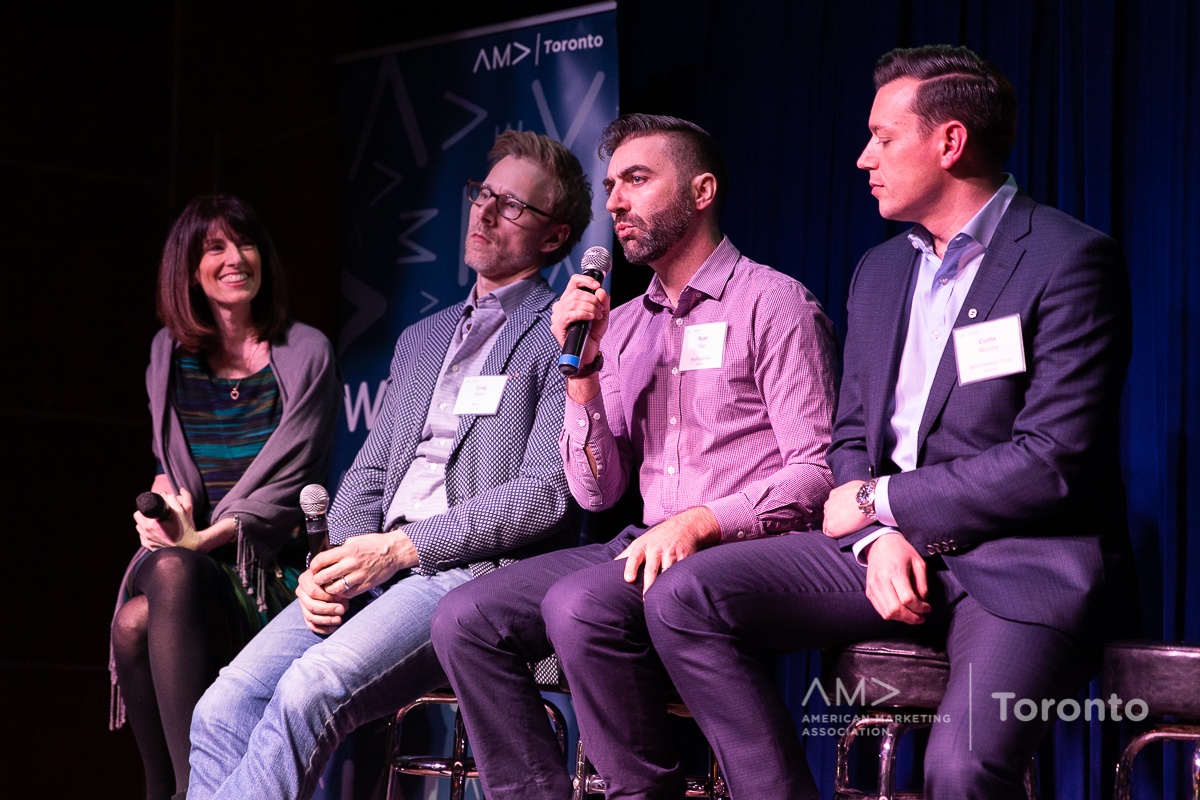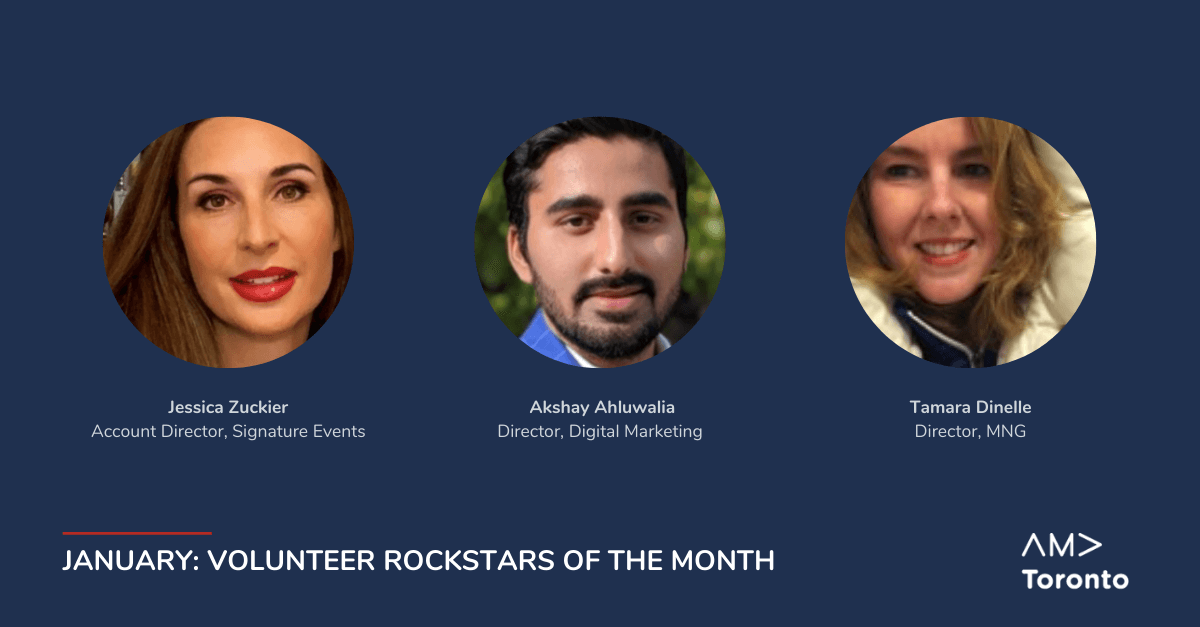Well attended by marketers and other executives at Revival Bar in Toronto’s west end, attendees of the Adapting to Technology Innovations event benefitted from an expert panel who shared insights about their own experiences leading digital transformation initiatives, both within their own organizations and for their customers.
Moderator Hilton Barbour (Managing Director, Canada, Gapingvoid Culture Design Group; and Director, Strategic Planning, INNOCEAN Worldwide Canada) was joined by panelists (from left to right): Cheryl Fullerton (Executive Vice President, People and Communications, Corus Entertainment), Craig Eaket (Canadian Leader, IBM iX), Ryan May (Head, Technology and Business Solutions, PayPal Canada), and Curtis Murphy (Head, Business Process and Digitization, BMO Financial Group).

Hilton asked the panel what Digital transformation meant for them. Ryan of PayPal Canada kicked things off by saying that there is slow adoption in the e-commerce space because merchants and business owners feel they’re not tech savvy enough and their products can’t be shipped easily. “But that’s no longer the case when you look at mattress brands online who have totally transformed the way we shop,” said Ryan. “Digital transformation is really a mindset shift as we prioritize two main scenarios with customers: card present and card not present purchases.”
Craig of IBM iX, leading a 300-person strong digital team, uses the term digital reinvention instead of digital transformation. He noted that every project has a different entry point for different stakeholders. “Everyone needs to get to the table early on and know specifically what it is you want to do. It is a fluid and agile process to build digital experiences and combine them with new and existing processes and platforms,” said Craig. He also emphasized it was important to bring in other service lines and make it easier for customers, but it was still a lot of hard work behind the scenes, citing his team’s work on the Esso Speed Pass.
Cheryl of Corus Entertainment said that you need to build a culture of test and learn. “Digital transformation is really people transformation – and people can fear an unknown future created by large scale, technology-driven change,” said Cheryl. She continued to say that supporting the people impacted by digital transformation deserves “equal time” in planning so everyone can focus and be open to the change and their role in it. She also spoke about the ability to “live in the grey”, align business and culture brand through language, and “bake change” into a culture that embraces uncertainty.
Curtis of BMO Financial Group is working towards a fully digital experience for customers that started with one piece of paper. By focusing on how one piece of paper travels through a process and how to digitize it, he created a story-first approach to make it relatable to employees. Curtis said that “there is never a right time to begin your digital journey. It can be sensitive for people as they often equate digital to job losses. We focused on freeing up capacity for our employees to have great conversations to meet the needs of our customers instead of the technology. We also found out that not everyone had the same comfort level with technology. In order to support our employees we created internal change champions called Digital VIPs.”
Ryan’s practical metaphors delighted the audience. He said that “digital transformation projects were like dog years and you need to think of what you want to do in smaller chunks.” He also used another metaphor: “tech is like bread; it gets stale so it’s important to keep the bread fresh and constantly maintain what you need to evolve. Digital transformation is an ongoing process and you don’t have to start from scratch anymore with the number of SaaS tools available.”
And Cheryl summed up a great event to say that you “have to keep it collaborative for effective digital transformation.”
This article was brought to you through the partnership between the AMA-Toronto and HeadStart Copywriting.




